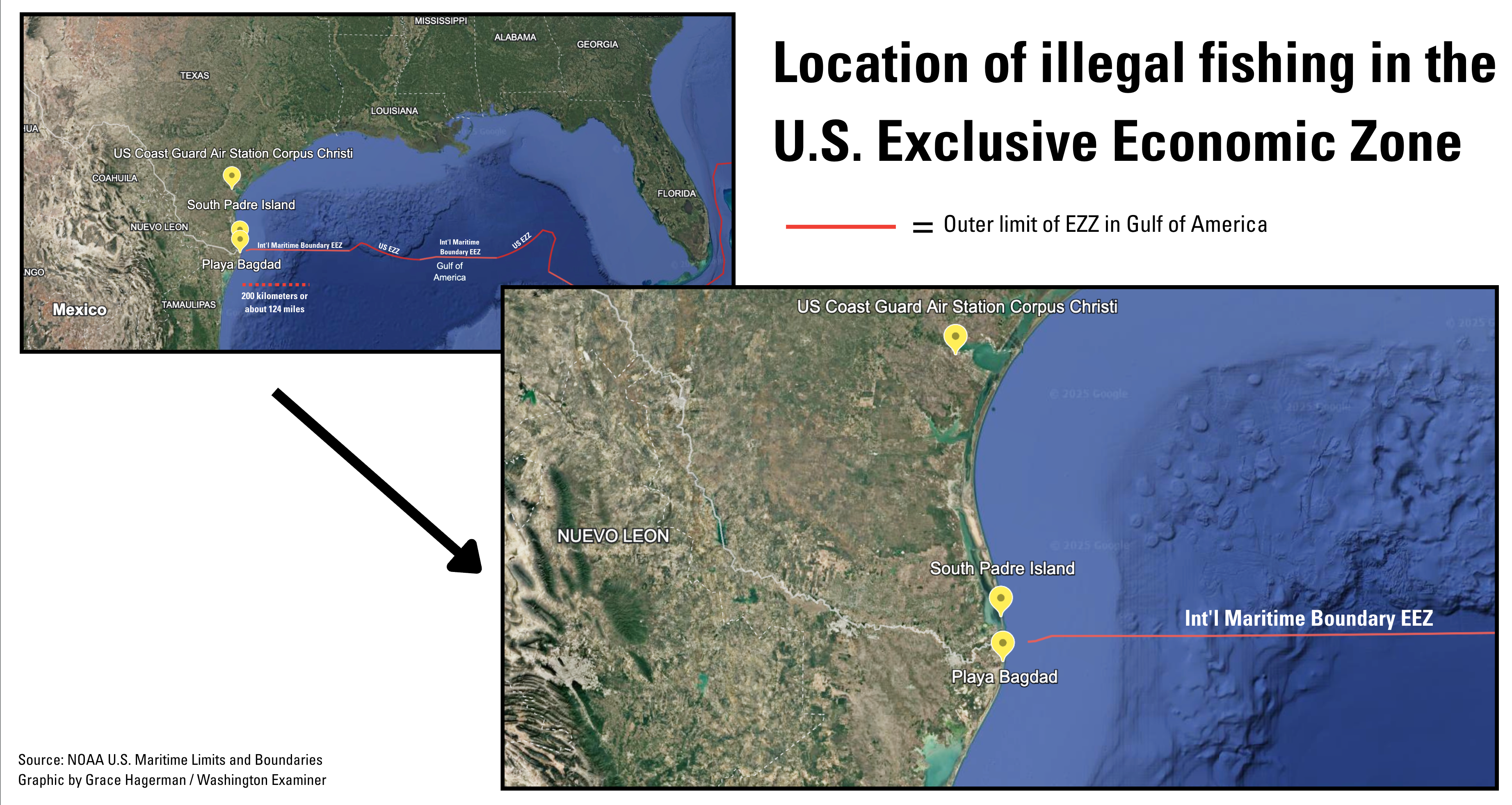Report on Bangladesh’s Debt Sustainability and Climate Vulnerability in the Context of the Sustainable Development Goals
Executive Summary
As Bangladesh prepares to transition from its Least Developed Country (LDC) status in 2026, it confronts a critical nexus of rising external debt and acute climate vulnerability. These concurrent challenges pose a significant threat to the nation’s economic resilience and its capacity to achieve the Sustainable Development Goals (SDGs). This report analyzes the impact of climate change on Bangladesh’s debt sustainability, highlighting the risks to short-term liquidity and outlining policy options that align with the 2030 Agenda for Sustainable Development.
Analysis of External Debt and Fiscal Constraints
Bangladesh’s external debt profile has undergone a significant transformation, characterized by increasingly unfavorable terms that heighten fiscal pressure. As of December 2023, total external debt reached $100.64 billion. Key shifts in the debt structure include:
- A transition from concessional loans to standard commercial terms.
- A shift from multilateral to bilateral lending sources and an increase in suppliers’ credit.
- A growing proportion of loans with variable interest rates (e.g., SOFR, EURIBOR), introducing uncertainty.
- A move towards stricter loan terms, including shorter grace and maturity periods.
These trends indicate a forthcoming increase in debt servicing liabilities. This situation is compounded by a low tax-to-GDP ratio, which constrains domestic resource mobilization. Consequently, a substantial portion of government revenue is diverted to service external debt, detracting from critical investments in public services. This directly undermines progress on several SDGs, including:
- SDG 1 (No Poverty): Reduced funding for social protection programs.
- SDG 3 (Good Health and Well-being): Limited resources for the healthcare sector.
- SDG 4 (Quality Education): Insufficient investment in education.
- SDG 8 (Decent Work and Economic Growth): Constrained ability to foster sustainable economic development.
Climate Vulnerability and its Impact on SDGs
Bangladesh’s profound vulnerability to climate change presents a major obstacle to sustainable development. The increasing frequency and intensity of natural disasters, such as floods and cyclones, are projected to cause annual economic losses equivalent to 2.2 percent of GDP. These climate-induced shocks have severe implications for the SDGs:
- They disproportionately affect the most vulnerable populations, exacerbating challenges related to SDG 1 (No Poverty) and SDG 10 (Reduced Inequalities).
- They necessitate increased government expenditure on disaster relief, adaptation, and mitigation, creating a substantial financing gap for implementing SDG 13 (Climate Action).
- This financing gap is often addressed through additional external loans, creating a detrimental cycle where climate vulnerability drives up debt, further limiting the fiscal space for climate resilience and other development priorities.
Debt Sustainability Assessment Findings
An assessment based on the International Monetary Fund’s Debt Sustainability Framework reveals a nuanced risk profile for Bangladesh when climate shocks are integrated.
- Solvency Risk: The analysis indicates a low risk of long-term debt unsustainability, as solvency indicators remain below critical thresholds even in stress-test scenarios.
- Liquidity Risk: The country faces a high risk related to short-term liquidity. Even modest external shocks, such as declines in export earnings or rising interest rates, can push liquidity indicators beyond sustainable levels, particularly when combined with climate-related losses.
- Grant-Based Financing Scenario: A simulation where climate-related financing is provided as grants instead of loans shows a significantly improved outlook, with both solvency and liquidity indicators remaining well below distress thresholds. This underscores the importance of concessional financing as a key component of SDG 17 (Partnerships for the Goals) to support vulnerable nations.
Policy Recommendations for Sustainable Development
To navigate these challenges and safeguard its development trajectory, Bangladesh can pursue several strategic policy options that align debt management with climate resilience and the SDGs.
- Integrate Climate Risks into Debt Sustainability Analyses: Projections for debt sustainability must formally incorporate climate change indicators, including valuations of economic damage. This will enable the formulation of more effective debt management strategies and support investments in resilient infrastructure, directly contributing to SDG 9 (Industry, Innovation and Infrastructure) and SDG 13 (Climate Action).
- Strengthen Export Sector Resilience to Climate-Related Policies: Bangladesh must prepare for external shocks such as the European Union’s Carbon Border Adjustment Mechanism (CBAM). This requires developing national emissions measurement, reporting, and verification policies for all sectors. Such proactive measures will help maintain export competitiveness while promoting environmental responsibility, in line with SDG 9 and global climate targets.
- Advocate for Grant-Based Climate Finance: Given the scale of climate financing required, international partners should provide support primarily through grants rather than loans. This approach, central to achieving SDG 17 (Partnerships for the Goals), would significantly reduce Bangladesh’s debt burden, enhance its capacity to manage climate risks, and ensure that financial resources can be allocated toward achieving the full spectrum of SDGs.
Sustainable Development Goals (SDGs) Addressed in the Article
The article on Bangladesh’s climate risks and external debt connects to several SDGs:
- SDG 13: Climate Action: This is the most central SDG, as the article’s main theme is the intersection of climate vulnerability and economic stability. It discusses the economic losses from climate-induced disasters, the need for adaptation and mitigation measures, and the role of international climate finance.
- SDG 17: Partnerships for the Goals: The article extensively covers issues of international finance, external debt, and domestic resource mobilization. It analyzes Bangladesh’s changing borrowing patterns (from multilateral to bilateral, concessional to commercial), its low tax-to-GDP ratio, and proposes policy solutions involving international partners, such as providing climate finance as grants instead of loans.
- SDG 8: Decent Work and Economic Growth: The article links debt sustainability and climate shocks directly to economic growth. It notes that climate disasters are projected to cause a loss of 2.2% of GDP annually, and high debt servicing diverts funds from sectors that “enhance economic growth,” thereby threatening the country’s overall economic resilience and progress.
- SDG 1: No Poverty: The analysis highlights that the economic losses from climate-related calamities disproportionately affect “individuals residing in the most vulnerable segments of the population.” This directly connects climate resilience and financial stability to the goal of protecting the poor and vulnerable from shocks.
Specific SDG Targets Identified
Based on the article’s content, the following specific targets can be identified:
- Target 13.1: Strengthen resilience and adaptive capacity to climate-related hazards and natural disasters. The article explicitly mentions that Bangladesh is “susceptible to natural disasters, which have become more frequent and damaging” and requires increased spending on “adaptation and mitigation measures to enhance resilience.”
- Target 17.4: Assist developing countries in attaining long-term debt sustainability. This target is at the core of the article, which evaluates “the impact of climate change on Bangladesh’s debt sustainability,” discusses the risk of debt becoming “unmanageable,” and analyzes solvency and liquidity indicators to assess the risk of “debt distress.”
- Target 17.1: Strengthen domestic resource mobilization. The article identifies Bangladesh’s “poor domestic resource mobilization record” and “low tax-to-GDP ratio” as critical weaknesses that compromise its ability to service its external debt and fund essential services.
- Target 1.5: Build the resilience of the poor and those in vulnerable situations and reduce their exposure and vulnerability to climate-related extreme events. The article supports this target by stating that natural disasters result in significant economic losses, “particularly for individuals residing in the most vulnerable segments of the population.”
Indicators for Measurement
The article mentions or implies several indicators that can be used to measure progress:
- Total external debt stock: The article provides a precise figure: “As of December 2023, Bangladesh’s external debt, including both public and private debt, was $100.64 billion.” The annual change in this stock (“a 4.3 percent increase from December 2022”) is also a key indicator of growing liability.
- Tax-to-GDP ratio: This is explicitly mentioned as a key vulnerability. The article refers to Bangladesh’s “low tax-to-GDP ratio (total tax revenue as a percentage of gross domestic product)” as a reason for its rising primary budget deficit and difficulty in servicing debt.
- Economic loss from climate-related disasters as a percentage of GDP: The article provides a specific projection that can be used as an indicator: “it is expected that, due to the repeated frequency of floods and cyclones, Bangladesh may incur a loss of 2.2 percent of its GDP every year.”
- Composition of external debt and climate finance: The article implies the need to track the structure of debt, noting the shift “from loans with concessional terms to loans with standard commercial terms,” the increase in “variable interest rate loans,” and shorter “grace and maturity periods.” Furthermore, its key policy recommendation to provide climate finance “as grants rather than loans” makes the grant-to-loan ratio of climate finance a critical indicator.
Summary Table of SDGs, Targets, and Indicators
| SDGs | Targets | Indicators Identified in the Article |
|---|---|---|
| SDG 13: Climate Action | 13.1: Strengthen resilience and adaptive capacity to climate-related hazards and natural disasters. |
|
| SDG 17: Partnerships for the Goals |
17.4: Assist developing countries in attaining long-term debt sustainability.
17.1: Strengthen domestic resource mobilization. |
|
| SDG 8: Decent Work and Economic Growth | 8.1: Sustain per capita economic growth. |
|
| SDG 1: No Poverty | 1.5: Build the resilience of the poor and reduce their vulnerability to climate-related extreme events. |
|
Source: bu.edu







